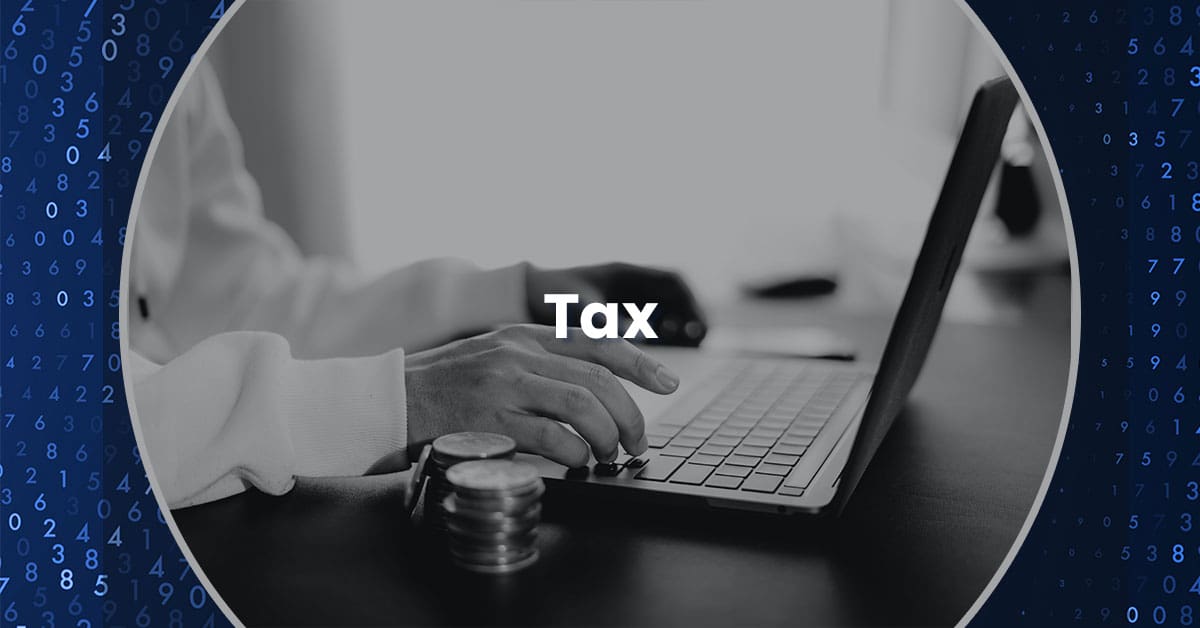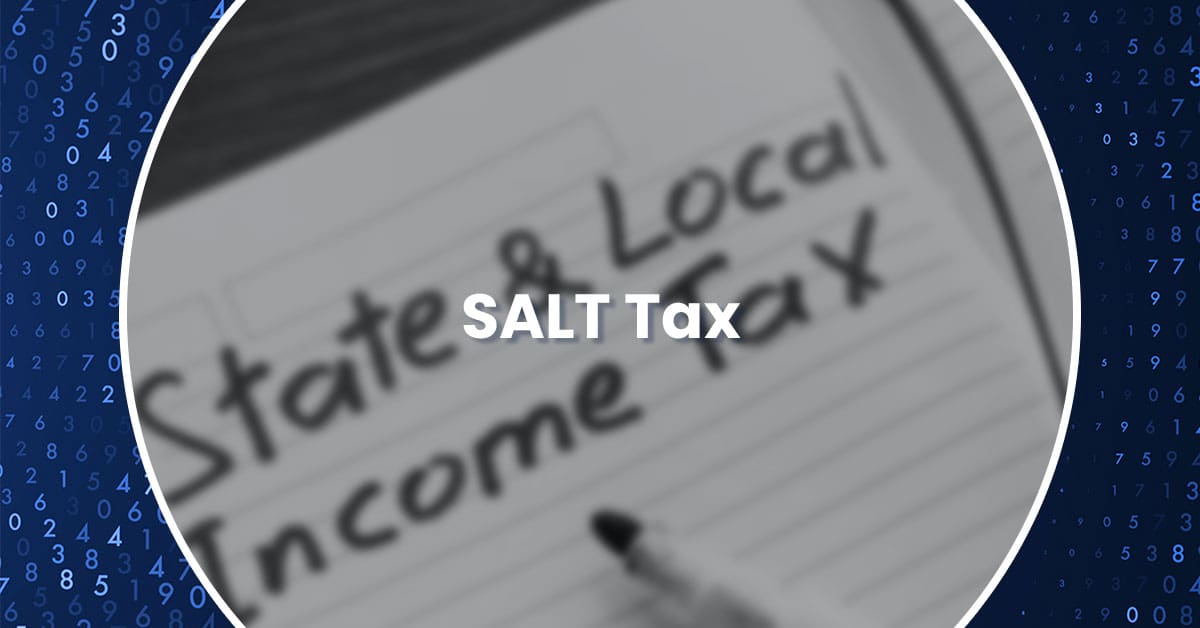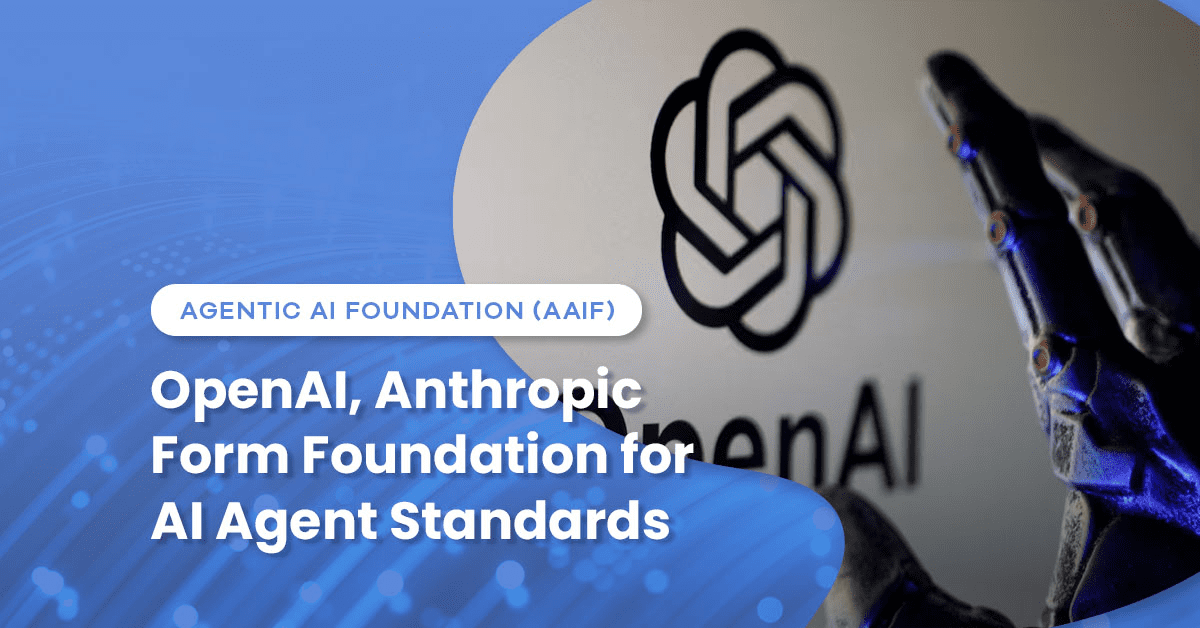The way Americans pay taxes and receive government payments is about to change dramatically. Executive Order 14247, “Modernizing Payments To and From America’s Bank Account,” signed by President Trump on March 25, 2025, mandates the end of paper checks for all Treasury Department, IRS, and Social Security Administration transactions.
Starting September 30, 2025, paper checks will no longer be issued for tax refunds, Social Security payments, or other government disbursements. Equally important, taxpayers can no longer mail paper checks for estimated tax payments, extension payments, or balance due payments to the IRS.
This sweeping change affects millions of Americans who currently rely on paper checks for their tax transactions. While the transition aims to modernize government operations and improve security, it requires immediate attention from taxpayers and their advisors to avoid disruptions.
If you’re already set up with electronic payments, you’re ahead of the curve. But if you still write checks to the IRS or receive paper refunds, the clock is ticking to make necessary changes to your payment methods.
What Changes on September 30, 2025
The deadline brings three major shifts that will impact how you interact with tax authorities:
No More Paper Refund Checks
Tax refunds will only be available through electronic methods. If you typically receive a paper check in the mail, you’ll need to provide bank account information for direct deposit or choose an alternative electronic option.
Paper Check Payments End
You can no longer send paper checks for any tax payments, including quarterly estimated payments, extension payments, or balance due payments with your tax return.
Electronic-Only Government Operations
The Treasury Department, IRS, and Social Security Administration will operate entirely through electronic payment systems for routine transactions.
These changes don’t affect everyone equally. If you already use direct deposit for refunds and pay taxes electronically, you won’t notice much difference. However, taxpayers who prefer traditional payment methods will need to adapt quickly.
Electronic Payment Options Available
The good news is that several electronic payment methods are available, each with different features and costs:
Free Government Options
IRS Direct Pay and Direct Deposit offer the most straightforward transition for individual taxpayers. These services are free and don’t require advance registration, making them ideal for last-minute adopters. You can set up direct deposit when filing your return or use Direct Pay for tax payments throughout the year.
Electronic Federal Tax Payment System (EFTPS) provides another free option but requires enrollment that can take several business days. Once set up, you can make payments online or by phone, giving you flexibility in how you manage tax payments.
Third-Party Payment Processors
Credit cards, debit cards, and digital wallets are accepted for tax payments, though the IRS doesn’t charge fees; third-party processors do. These options work well if you want to earn credit card rewards or need immediate payment processing.
Electronic Funds Withdrawal (EFW) integrates with tax preparation software, allowing you to schedule payments when you file electronically. This option works well if you use professional tax software or work with a tax preparer who files electronically.
Emerging Options
The IRS has suggested it will offer prepaid debit cards as an option for tax refunds, though details about this program remain limited as the implementation date approaches.
Special Challenges for Trusts and Estates
Trusts and estates face unique obstacles in this transition. Current IRS systems don’t support direct deposit for trust and estate refunds, and Forms 1041, 709, and 706 lack fields for direct deposit information.
Additionally, trusts and estates cannot use IRS Direct Pay, which individual taxpayers rely on for convenient electronic payments. This creates a gap in available options for fiduciaries managing trust and estate tax obligations.
The American Institute of CPAs has formally recommended that Treasury and IRS exempt trusts and estates from the executive order until proper systems are in place. They’ve also suggested allowing trusts and estates to access IRS Direct Pay, similar to individual taxpayers.
Recent inquiries to software providers indicate that system updates depend on IRS changes to their underlying software. Representatives from major tax software companies don’t expect significant updates before the September 30 deadline.
Preparing for the End of Paper Checks
Taking action now prevents last-minute complications when the deadline arrives:
Review Your Current Payment Methods
Identify whether you currently receive paper refunds or send paper checks for tax payments. If either applies, you’ll need to make changes before September 30, 2025.
Choose Your Electronic Method
Consider which electronic option best fits your situation. Free government options work well for most taxpayers, while third-party processors offer additional features at a cost.
Test Your Setup
Try your chosen electronic method before you need it for a major transaction. This helps identify any issues while you have time to resolve them.
Update Your Records
Ensure your bank account information is current and accurate in all tax-related systems. Incorrect banking details can delay refunds or cause payment failures.
Communicate Changes
If you work with a tax preparer, discuss these changes during your next meeting. If you handle your own taxes, make note of the new requirements for future reference.
Why This Change Matters
Executive Order 14247 aims to modernize federal payment infrastructure while enhancing efficiency and security. Electronic payments process faster than paper checks, reduce administrative costs, and offer better fraud protection.
For taxpayers, electronic methods provide faster refunds and more convenient payment options. However, the transition requires adjustment for those comfortable with traditional paper-based systems.
The change also reflects broader trends toward digital financial services. Banks, businesses, and government agencies increasingly operate in electronic environments, making this transition part of a larger modernization effort.
Take Action Before the Deadline
Don’t wait until September 2025 to address these changes from the end of paper checks. Start planning your transition now to avoid complications during tax season.
Review your current tax payment methods and refund preferences. If you rely on paper checks for either payments or refunds, research electronic alternatives that meet your needs. Consider factors like cost, convenience, and security when making your choice.
For complex situations involving trusts, estates, or business entities, consult with a tax professional who can help navigate available options and potential challenges.
The shift away from paper checks represents a significant change in how Americans interact with tax authorities. While the transition requires effort, electronic payment methods offer improved speed, security, and convenience once properly implemented.
Ready to prepare for the end of paper checks? Contact our team to discuss how the Treasury’s new requirements affect your specific tax situation and develop a strategy that ensures smooth transitions for all your tax obligations.





 Previous
Previous






